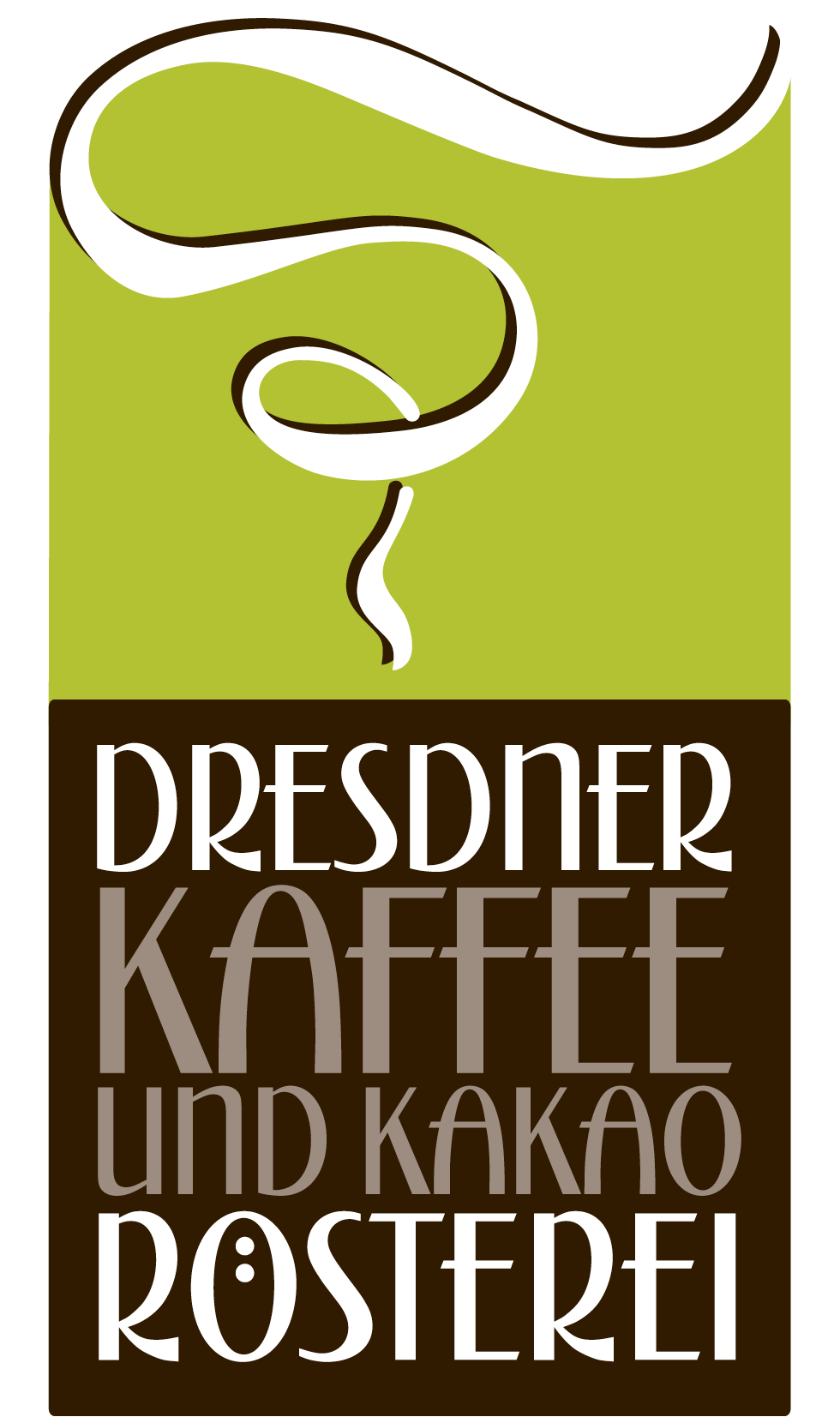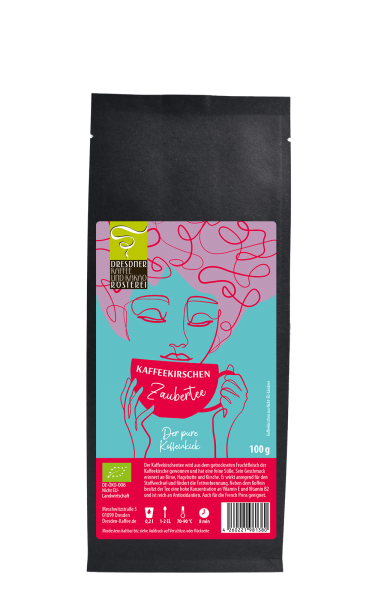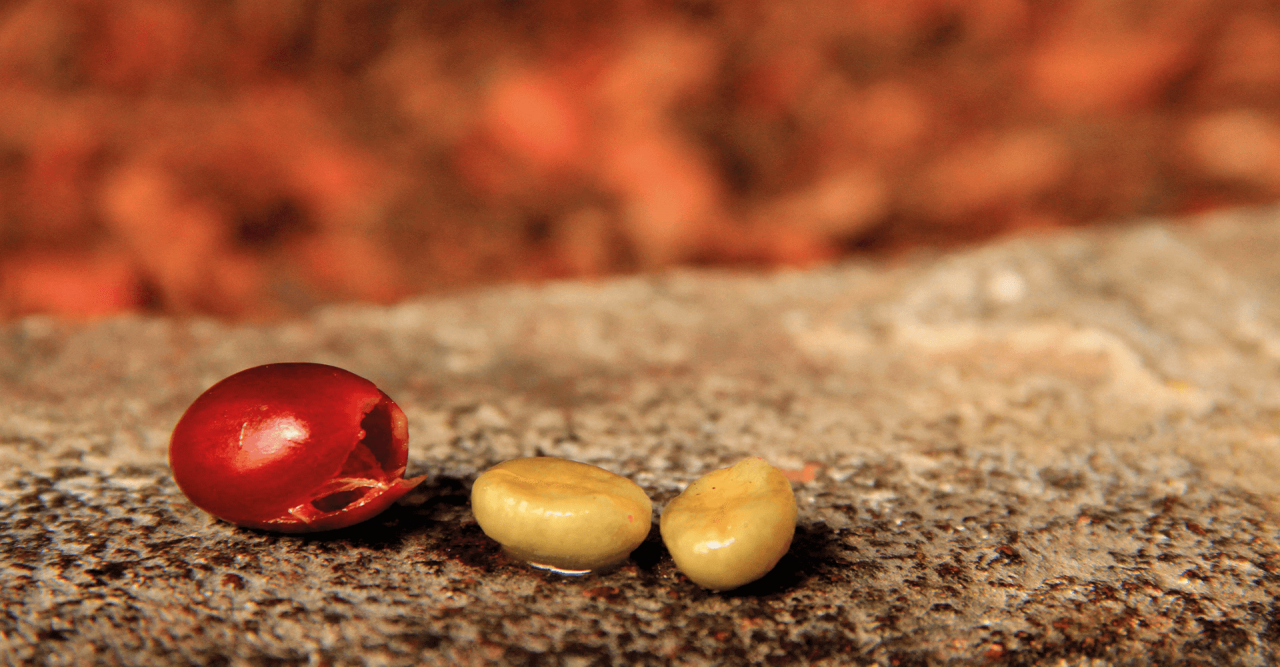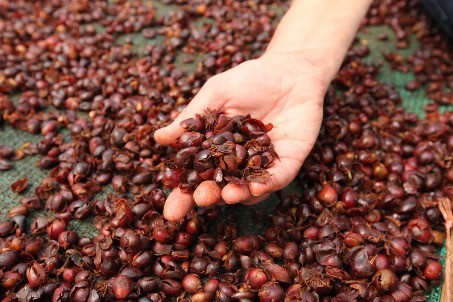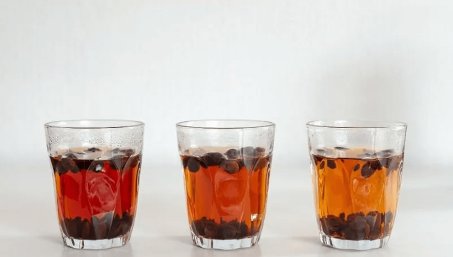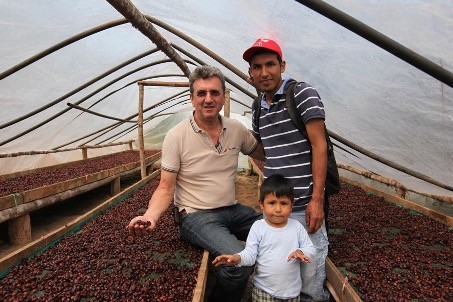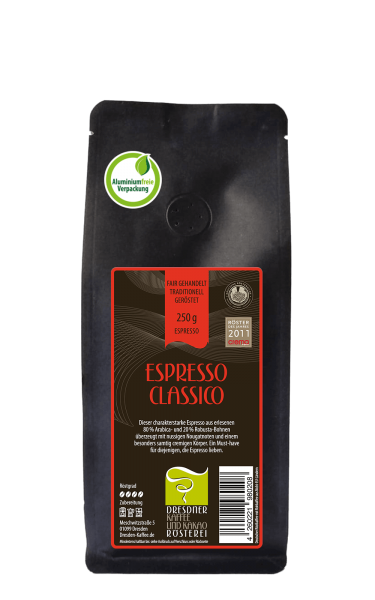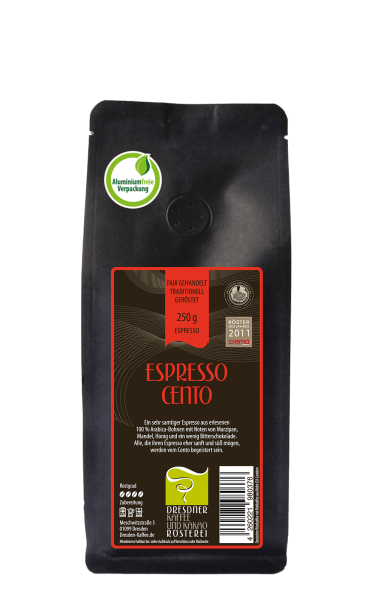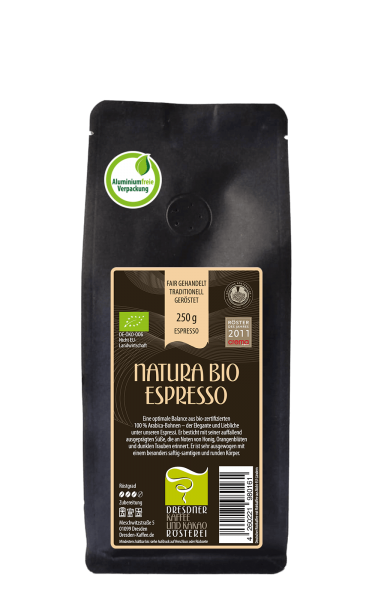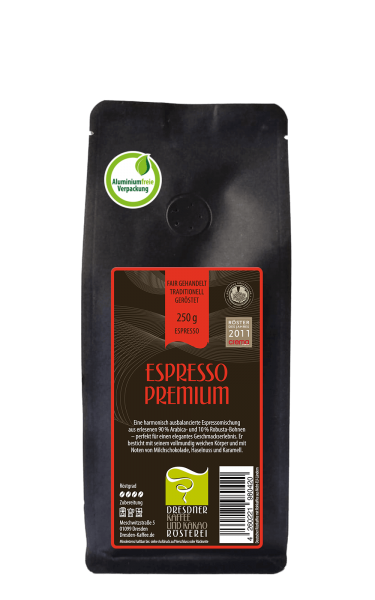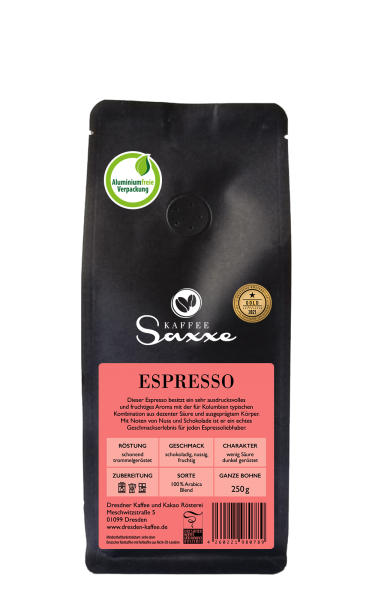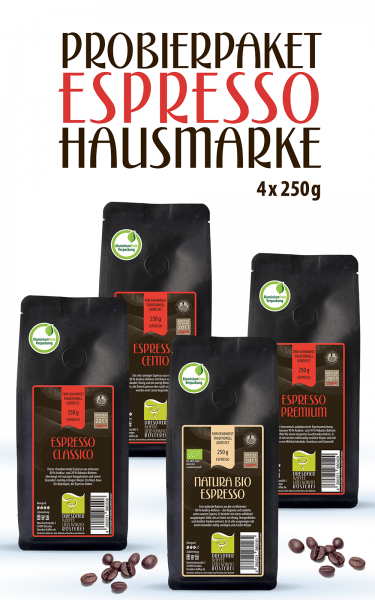The coffee cherry - the unknown star
What is a coffee cherry?
The fruit of the coffee plant is the coffee cherry. It takes at least seven months to ripen, changing color from green to yellow to bright red, similar to a classic cherry, hence the name. The "cherry seeds" are the coffee beans, of which there are usually two in each cherry. As seeds of the coffee plant, they are excellently protected.
The structure of the coffee cherry
On the outside is the bitter and inedible skin of the coffee cherry. Underneath is the sweet-tasting pulp, which is similar in size and consistency to a grape. This is followed by the mucilaginous pectin layer, the parchment layer and the silverskin. These layers not only provide protection but also contribute to the characteristic flavor of the coffee beans.
The coffee cherry - from "waste product" to foodstuff
Until the beginning of February 2022, the coffee cherry was on the application list for novel foods in the EU. With approval of the fruit pulp as a foodstuff under the Novel Food Regulation, an additional source of income for coffee farmers has finally been created from the former "waste". It is difficult to understand why approval has been so long in coming, since coffee-growing countries such as Yemen, Ethiopia and Bolivia have long been processing the pulp into food. Dried in pieces or ground into powder, the pulp, also called cascara, is enjoyed as an infusion similar to tea.
In addition, the pulp is even more caffeinated than the coffee bean and contains many antioxidants. This makes it a healthy alternative to the "energy drinks" that exist on the market. Presumably, this is or was precisely the problem with the approval.
Absolute superfood
The pulp of the coffee cherry not only provides valuable nutrients such as vitamin B2 and vitamin E, but is also rich in antioxidants. These in turn can help fight harmful components, i.e. free radicals, which are often responsible for damage to the body's cells and the promotion of chronic diseases such as rheumatism.
Unlike coffee beans, coffee cherry pulp also contains a unique profile of polyphenols, which have been shown in clinical studies to increase the brain-derived neurotrophic factor (BDNF). BDNF is a protein that is important for the survival and growth of brain cells.
Coffee cherry tea from Peru
The coffee beans for our coffee cherry tea are grown in the highlands of the Peruvian province of Chanchamayo and bear the name "Pacha Mama", which translates as "Mother Earth". The tea was named after Michael Scherff and Walter Knauer, two longtime friends. Michael came to coffee growing through his Peruvian wife Mari and ensures quality and delivery reliability on site. Walter, together with his wife Margot, is responsible for sales, customer service and logistics in Germany. Both couples are particularly concerned about the social commitment for the coffee farmers. They chose the name "Pacha Mama" because they want to express their appreciation for both the soil on which the coffee plants are grown and the coffee farmers.
